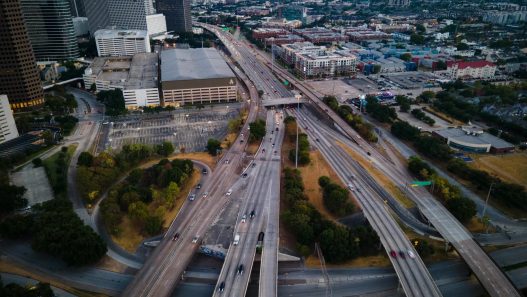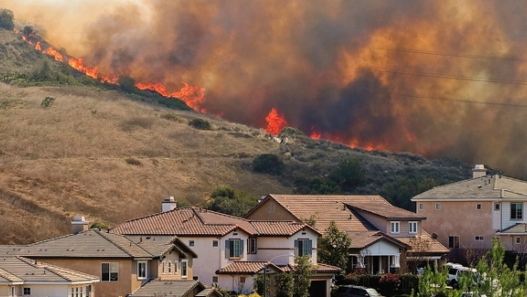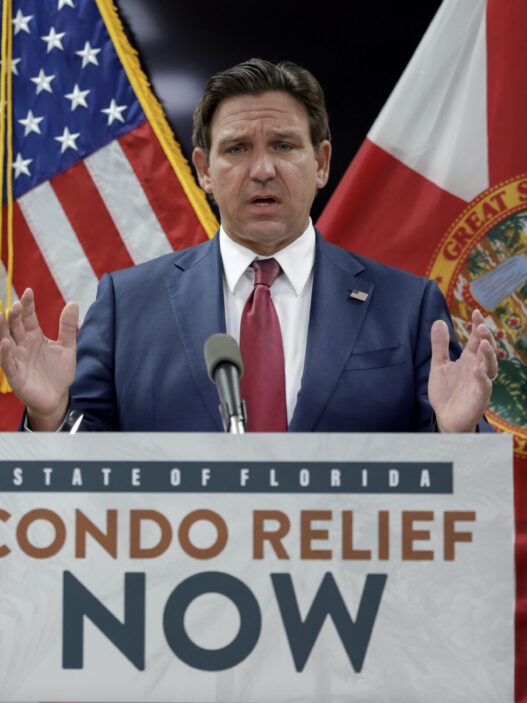Some Utah property owners may face a significant regulatory shift. The Division of Forestry, Fire, and State Lands has released draft administrative rules implementing HB48 (2025), creating a comprehensive framework for wildfire risk assessment and management in high-risk wildland-urban interface areas.
These rules represent Utah’s most systematic approach yet to addressing wildfire risk in residential areas. For thousands of property owners, the changes will mean new assessments, fees, and compliance requirements. Understanding these rules now, before full implementation in January 2028, provides crucial time for preparation and planning.
The New Risk Assessment Framework
The cornerstone of these rules is a standardized risk classification system. Properties in designated High Risk Wildland-Urban Interface areas will receive one of three classifications based on compliance with Utah’s WUI Code:
Classification III (Extreme Risk): Properties lacking both adequate defensible space and ignition-resistant construction features. This represents the highest risk category and will carry the highest fees.
Classification II (High Risk): Properties with proper defensible space but missing ignition-resistant construction requirements. These properties demonstrate partial compliance with safety standards.
Classification I (Moderate Risk): Properties meeting both defensible space and construction requirements. Full compliance earns the lowest risk designation and fee structure.
The rules establish that any property not assessed by January 1, 2028, will automatically receive Classification III status until a proper evaluation occurs. This default assignment creates clear incentive for proactive engagement with the assessment process.
Assessment and Certification Process
Property evaluations will be conducted by certified Wildland Urban Interface Coordinators, trained and overseen by the Division. These coordinators may represent either the state Division or participating counties, depending on local cooperative agreements.
For property owners seeking to improve their classification, the process involves several steps:
- Obtaining an initial assessment from a certified coordinator
- Completing any identified improvements to defensible space or construction
- Requesting reclassification with proof of completed work
- Verification by a coordinator that improvements meet standards
- Maintaining an improved classification requires annual self-certification of continued compliance, with formal re-verification every five years. Property owners who fail to maintain compliance automatically revert to Classification III status.
Fee Structure and County Role
The rules establish a fee system based on both risk classification and structure square footage. Counties will collect these fees annually, with higher classifications carrying correspondingly higher costs. The Division retains authority to adjust fee amounts annually to reflect implementation costs.
Counties play a crucial role beyond fee collection. They must enter cooperative agreements with the Division covering enforcement of WUI codes, database access protocols, and cost-sharing arrangements. Counties may retain portions of collected fees for local implementation costs, including potential lot assessment responsibilities if delegated by the Division.
Insurance Industry Requirements
Perhaps most significantly for property owners, the rules mandate that property and casualty insurers use only the state’s official High Risk WUI boundary map when determining which properties fall under these requirements. Insurers cannot use alternative mapping systems to define high-risk areas, though they may consider additional risk factors when setting rates or making underwriting decisions.
This standardization aims to eliminate confusion about which properties face WUI requirements while preserving insurers’ ability to assess other risk factors in their business decisions.
Looking Forward
As these rules move toward final adoption, property owners in high-risk areas should begin evaluating their current wildfire preparedness. Early action on defensible space and ignition-resistant improvements can avoid higher fee classifications and enhance property protection.
Local governments should similarly begin planning for their role in this system. County decisions about cooperative agreement terms will significantly impact both local implementation costs and resident experiences with the new requirements.

Lance Haynie is a public affairs professional with over two decades of experience in government relations, risk management, policy development, and strategic leadership. He has worked with local, state, and federal partners to advance practical, results-driven solutions that strengthen communities and improve how government serves the people it represents.
A Republican who believes government should remain limited, focused, and accountable, Lance draws on experience in both the public and private sectors to advocate for policies that promote freedom, responsibility, and individual opportunity. His writing explores the intersection of policy, leadership, and community success with a focus on responsible governance, local control, and solutions that empower people rather than institutions.























Articles written by Lance Haynie are licensed under a Creative Commons Attribution-NonCommercial-ShareAlike 4.0 International License.
The views and opinions expressed are those of Lance Haynie, and do not represent the official position of his employer or any affiliated organization.